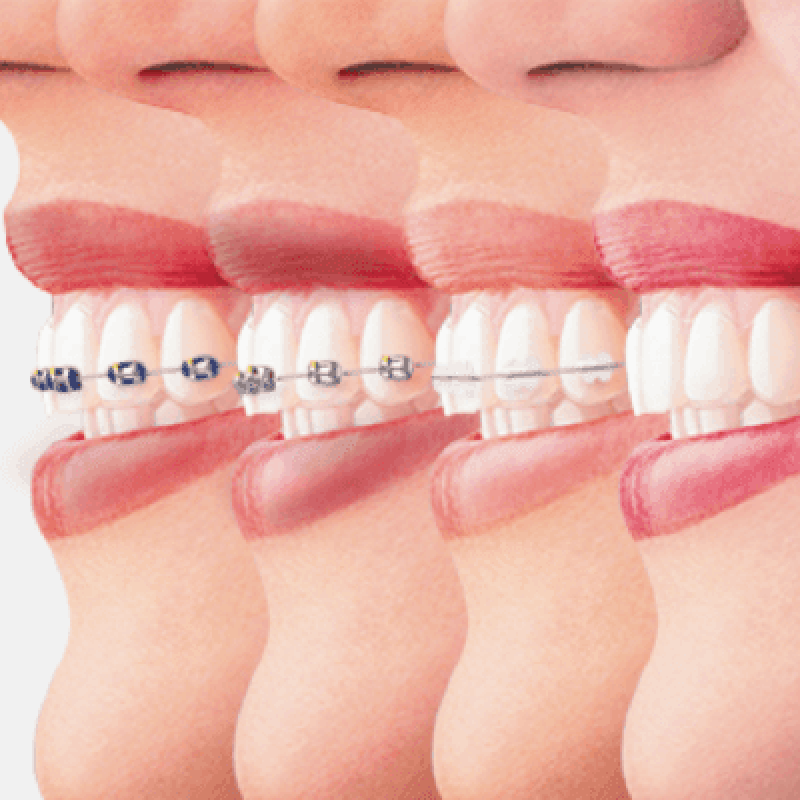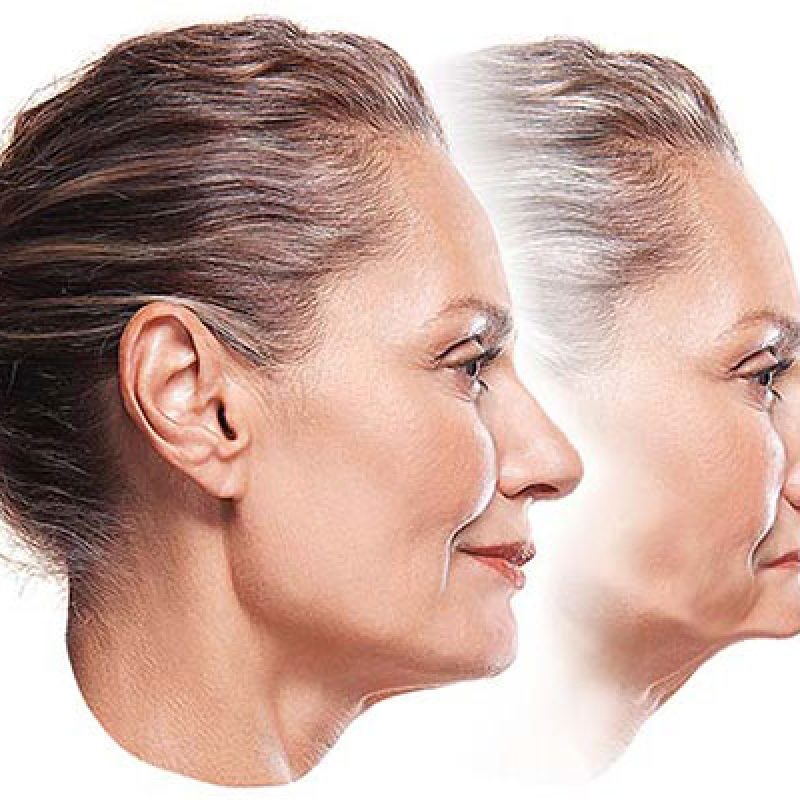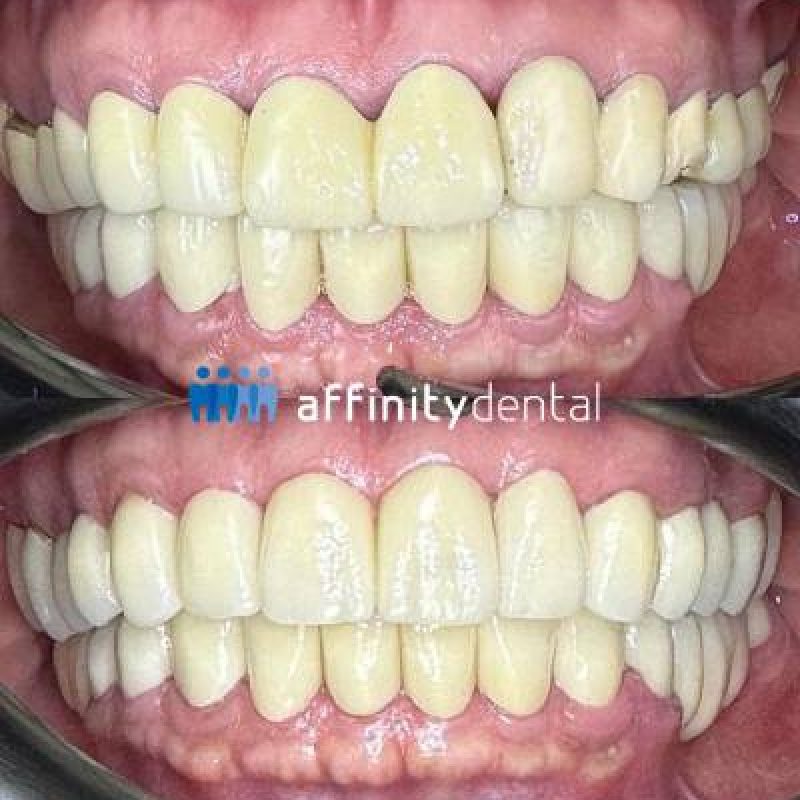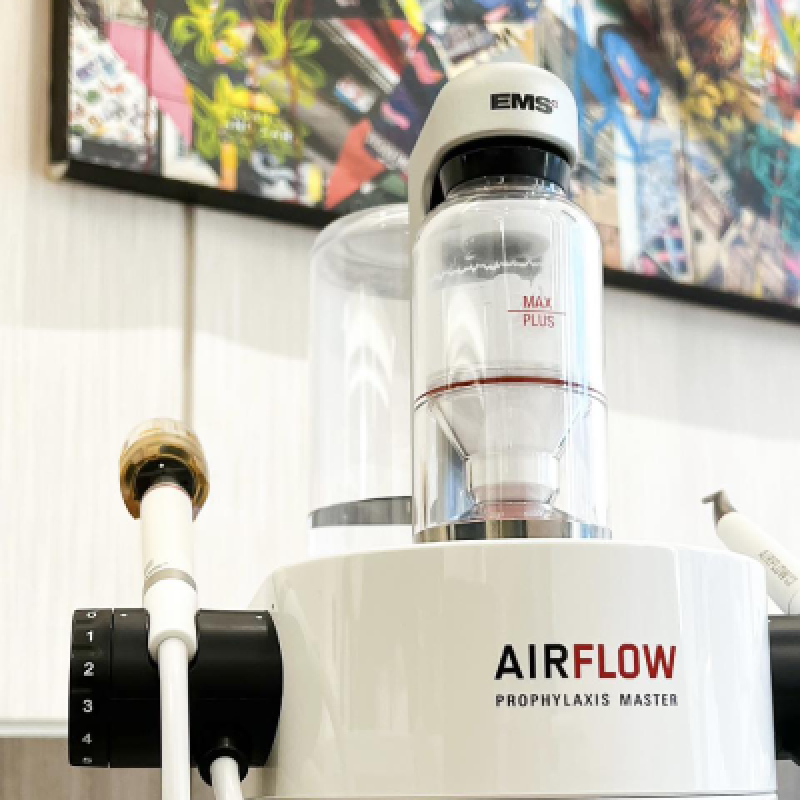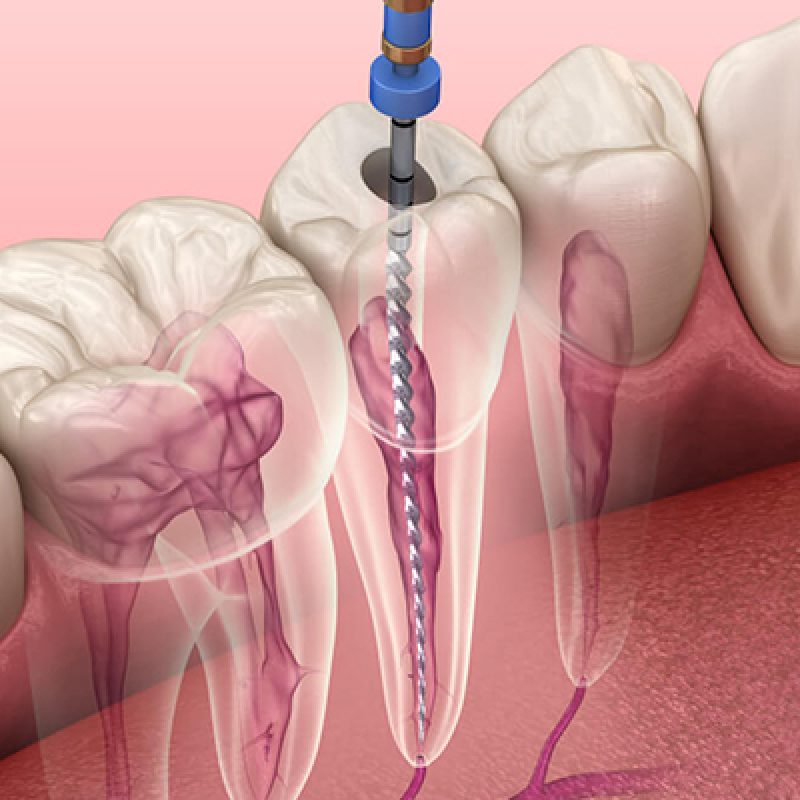[et_pb_section fb_built=”1″ admin_label=”section” _builder_version=”3.0.47″][et_pb_row custom_padding=”0px|0px|27px|0px” admin_label=”row” _builder_version=”3.0.47″ background_size=”initial” background_position=”top_left” background_repeat=”repeat”][et_pb_column type=”2_3″ _builder_version=”3.0.47″ parallax=”off” parallax_method=”on”][et_pb_text _builder_version=”3.0.98″ text_font_size=”24px”]
Dental Veneers
[/et_pb_text][et_pb_text _builder_version=”3.18.9″]
[/et_pb_text][et_pb_image _builder_version=”3.0.98″]
[/et_pb_image][et_pb_text _builder_version=”3.0.98″]
A smile transformation is one of the most popular dental service wanted by many, and one of the most efficient procedures for this cause are dental veneers (also called porcelain veneers).
Dental veneers are thin layers of material that are placed over a tooth, producing a set of natural-looking teeth.
When teeth are discolored or malformed, there is often a conscious effort to avoid smiling and to cover up the teeth. Teenagers and adults are extremely concerned if their teeth are abnormal and oftentimes suffer from unkind remarks made by other people. Modification of these dental problems can produce dramatic changes in one’s appearance, which often results in an improved self-esteem and a better social life.
What problems do dental veneers fix?
- Abnormal teeth
- Uneven teeth shapes
- Misaligned or crooked teeth
- Mask discolored teeth
- Replaces large faulty fillings
- Closes gaps and spaces at the front teeth
What are the types of veneers?
There are two types of veneers, partial and full.
A partial veneer is made of composite material and placed specifically on the surface that has a defect and discoloration. Meanwhile, a full veneer is placed on the whole front surface of the teeth due to generalized defect and discoloration. Full veneers of one or several teeth are usually made of laboratory-processed porcelain or zirconia therefore requiring three to four appointments for the completion of treatment.
What is the process of veneer treatment?
The first appointment for a full veneer treatment is composed of the interview, case discussion, and treatment planning. Important factors such as age, teeth alignment, facial symmetry, oral and general health of the patient is considered. The second appointment is the treatment stage in which the front surface of the tooth is slightly reduced to accommodate the veneer. An impression of the prepared tooth is taken and a temporary veneer is cemented to protect the tooth until the next appointment. The third appointment is for checking the shade and fit of the veneer. If there is no problem with the shade and fit, it can then be cemented permanently. The last appointment is for patient recall. This is to evaluate the restoration after treatment and to reinforce good oral hygiene to the patient.
The dental veneer is one of the most rewarding and conservative aesthetic dental treatments available. The patients also appreciate immediate enhancement in their overall appearance because of their greater smiles.
What to Expect
Expect sensitivity to hot and cold because there is tooth reduction.
Materials
Porcelain, zirconia bonded with porcelain, direct composite or indirect composite.
Post Treatment
If the patients grinds or clenches their teeth at night, a night guard should be advised to wear. Refrain from eating hard food that will induce great amount of force upon chewing because the veneers might break or fracture
Dental visit every 6 months should always be a routine, and practice good oral hygiene like brushing and flossing to maintain the integrity of the materials and maintain a healthy gums.
WRITTEN BY: DR. DIANNE MAMAID | EDITED BY: DR. RICHELLE RAMIREZ
[/et_pb_text][/et_pb_column][et_pb_column type=”1_3″ _builder_version=”3.0.47″ parallax=”off” parallax_method=”on”][et_pb_contact_form captcha=”off” title=”Set an Appointment!” custom_message=”Name: %%Name%%||et_pb_line_break_holder||Email: %%Email%%||et_pb_line_break_holder||Mobile: %%Mobile%%||et_pb_line_break_holder||Date: %%date-field%%||et_pb_line_break_holder||Time: %%time-field%%||et_pb_line_break_holder||Branch: %%Branch%%||et_pb_line_break_holder||Message: %%Message%%” module_id=”et_pb_contact_form_1″ _builder_version=”3.17.6″ title_font=”||||||||” title_text_align=”center” title_text_color=”#f92c8b” form_field_font=”||||||||” form_field_text_color=”#867b6f” custom_button=”on” button_text_color=”#ffffff” button_bg_color=”#f92c8b” button_border_color=”rgba(0,0,0,0)” button_font=”||||||||” button_use_icon=”off” box_shadow_style_button=”preset5″ box_shadow_vertical_button=”4px” box_shadow_spread_button=”0px” text_orientation=”left” module_alignment=”right” custom_margin=”|||” custom_css_contact_button=”padding: 0px 10px 10px 10px;” global_module=”31765″ button_text_color_hover=”#ffffff” button_bg_color_hover=”#0c71c3″][et_pb_contact_field field_id=”Name” field_title=”Name” fullwidth_field=”on” _builder_version=”3.17.1″ border_radii=”|7px|7px||” button_text_size__hover_enabled=”off” button_one_text_size__hover_enabled=”off” button_two_text_size__hover_enabled=”off” button_text_color__hover_enabled=”off” button_one_text_color__hover_enabled=”off” button_two_text_color__hover_enabled=”off” button_border_width__hover_enabled=”off” button_one_border_width__hover_enabled=”off” button_two_border_width__hover_enabled=”off” button_border_color__hover_enabled=”off” button_one_border_color__hover_enabled=”off” button_two_border_color__hover_enabled=”off” button_border_radius__hover_enabled=”off” button_one_border_radius__hover_enabled=”off” button_two_border_radius__hover_enabled=”off” button_letter_spacing__hover_enabled=”off” button_one_letter_spacing__hover_enabled=”off” button_two_letter_spacing__hover_enabled=”off” button_bg_color__hover_enabled=”off” button_one_bg_color__hover_enabled=”off” button_two_bg_color__hover_enabled=”off”][/et_pb_contact_field][et_pb_contact_field field_id=”Email” field_title=”Email Address” field_type=”email” fullwidth_field=”on” _builder_version=”3.17.1″ border_radii=”on||||” button_text_size__hover_enabled=”off” button_one_text_size__hover_enabled=”off” button_two_text_size__hover_enabled=”off” button_text_color__hover_enabled=”off” button_one_text_color__hover_enabled=”off” button_two_text_color__hover_enabled=”off” button_border_width__hover_enabled=”off” button_one_border_width__hover_enabled=”off” button_two_border_width__hover_enabled=”off” button_border_color__hover_enabled=”off” button_one_border_color__hover_enabled=”off” button_two_border_color__hover_enabled=”off” button_border_radius__hover_enabled=”off” button_one_border_radius__hover_enabled=”off” button_two_border_radius__hover_enabled=”off” button_letter_spacing__hover_enabled=”off” button_one_letter_spacing__hover_enabled=”off” button_two_letter_spacing__hover_enabled=”off” button_bg_color__hover_enabled=”off” button_one_bg_color__hover_enabled=”off” button_two_bg_color__hover_enabled=”off”][/et_pb_contact_field][et_pb_contact_field field_id=”Mobile” field_title=”Mobile” min_length=”11″ max_length=”13″ allowed_symbols=”numbers” fullwidth_field=”on” _builder_version=”3.17.1″ button_text_size__hover_enabled=”off” button_one_text_size__hover_enabled=”off” button_two_text_size__hover_enabled=”off” button_text_color__hover_enabled=”off” button_one_text_color__hover_enabled=”off” button_two_text_color__hover_enabled=”off” button_border_width__hover_enabled=”off” button_one_border_width__hover_enabled=”off” button_two_border_width__hover_enabled=”off” button_border_color__hover_enabled=”off” button_one_border_color__hover_enabled=”off” button_two_border_color__hover_enabled=”off” button_border_radius__hover_enabled=”off” button_one_border_radius__hover_enabled=”off” button_two_border_radius__hover_enabled=”off” button_letter_spacing__hover_enabled=”off” button_one_letter_spacing__hover_enabled=”off” button_two_letter_spacing__hover_enabled=”off” button_bg_color__hover_enabled=”off” button_one_bg_color__hover_enabled=”off” button_two_bg_color__hover_enabled=”off”][/et_pb_contact_field][et_pb_contact_field field_id=”Mobile” field_title=”Mobile” min_length=”11″ max_length=”13″ allowed_symbols=”numbers” fullwidth_field=”on” _builder_version=”3.17.1″ button_text_size__hover_enabled=”off” button_one_text_size__hover_enabled=”off” button_two_text_size__hover_enabled=”off” button_text_color__hover_enabled=”off” button_one_text_color__hover_enabled=”off” button_two_text_color__hover_enabled=”off” button_border_width__hover_enabled=”off” button_one_border_width__hover_enabled=”off” button_two_border_width__hover_enabled=”off” button_border_color__hover_enabled=”off” button_one_border_color__hover_enabled=”off” button_two_border_color__hover_enabled=”off” button_border_radius__hover_enabled=”off” button_one_border_radius__hover_enabled=”off” button_two_border_radius__hover_enabled=”off” button_letter_spacing__hover_enabled=”off” button_one_letter_spacing__hover_enabled=”off” button_two_letter_spacing__hover_enabled=”off” button_bg_color__hover_enabled=”off” button_one_bg_color__hover_enabled=”off” button_two_bg_color__hover_enabled=”off”][/et_pb_contact_field][et_pb_contact_field field_id=”date-field” field_title=”Appointment Date” fullwidth_field=”on” _builder_version=”3.17.1″ button_text_size__hover_enabled=”off” button_one_text_size__hover_enabled=”off” button_two_text_size__hover_enabled=”off” button_text_color__hover_enabled=”off” button_one_text_color__hover_enabled=”off” button_two_text_color__hover_enabled=”off” button_border_width__hover_enabled=”off” button_one_border_width__hover_enabled=”off” button_two_border_width__hover_enabled=”off” button_border_color__hover_enabled=”off” button_one_border_color__hover_enabled=”off” button_two_border_color__hover_enabled=”off” button_border_radius__hover_enabled=”off” button_one_border_radius__hover_enabled=”off” button_two_border_radius__hover_enabled=”off” button_letter_spacing__hover_enabled=”off” button_one_letter_spacing__hover_enabled=”off” button_two_letter_spacing__hover_enabled=”off” button_bg_color__hover_enabled=”off” button_one_bg_color__hover_enabled=”off” button_two_bg_color__hover_enabled=”off”][/et_pb_contact_field][et_pb_contact_field field_id=”time-field” field_title=”Hour:Minute AM/PM” min_length=”7″ max_length=”8″ fullwidth_field=”on” _builder_version=”3.17.1″ button_text_size__hover_enabled=”off” button_one_text_size__hover_enabled=”off” button_two_text_size__hover_enabled=”off” button_text_color__hover_enabled=”off” button_one_text_color__hover_enabled=”off” button_two_text_color__hover_enabled=”off” button_border_width__hover_enabled=”off” button_one_border_width__hover_enabled=”off” button_two_border_width__hover_enabled=”off” button_border_color__hover_enabled=”off” button_one_border_color__hover_enabled=”off” button_two_border_color__hover_enabled=”off” button_border_radius__hover_enabled=”off” button_one_border_radius__hover_enabled=”off” button_two_border_radius__hover_enabled=”off” button_letter_spacing__hover_enabled=”off” button_one_letter_spacing__hover_enabled=”off” button_two_letter_spacing__hover_enabled=”off” button_bg_color__hover_enabled=”off” button_one_bg_color__hover_enabled=”off” button_two_bg_color__hover_enabled=”off”][/et_pb_contact_field][et_pb_contact_field field_id=”Branch” field_title=”Branch” field_type=”select” select_options=”%91{%22value%22:%22Alabang%22,%22checked%22:0,%22dragID%22:0},{%22value%22:%22Bacolod%22,%22checked%22:0,%22dragID%22:1},{%22value%22:%22Bonifacio Global City%22,%22checked%22:0,%22dragID%22:2},{%22value%22:%22Cebu%22,%22checked%22:0,%22dragID%22:3},{%22value%22:%22Makati%22,%22checked%22:0,%22dragID%22:4}%93″ fullwidth_field=”on” _builder_version=”3.17.1″ button_text_size__hover_enabled=”off” button_one_text_size__hover_enabled=”off” button_two_text_size__hover_enabled=”off” button_text_color__hover_enabled=”off” button_one_text_color__hover_enabled=”off” button_two_text_color__hover_enabled=”off” button_border_width__hover_enabled=”off” button_one_border_width__hover_enabled=”off” button_two_border_width__hover_enabled=”off” button_border_color__hover_enabled=”off” button_one_border_color__hover_enabled=”off” button_two_border_color__hover_enabled=”off” button_border_radius__hover_enabled=”off” button_one_border_radius__hover_enabled=”off” button_two_border_radius__hover_enabled=”off” button_letter_spacing__hover_enabled=”off” button_one_letter_spacing__hover_enabled=”off” button_two_letter_spacing__hover_enabled=”off” button_bg_color__hover_enabled=”off” button_one_bg_color__hover_enabled=”off” button_two_bg_color__hover_enabled=”off”][/et_pb_contact_field][et_pb_contact_field field_id=”procedure” field_title=”Procedure” field_type=”select” select_options=”%91{%22value%22:%22Lorem-Lorem%22,%22checked%22:0}%93″ fullwidth_field=”on” _builder_version=”3.17.1″ border_radii=”on||||”][/et_pb_contact_field][et_pb_contact_field field_id=”patientType” field_title=”Patient Type” field_type=”select” select_options=”%91{%22value%22:%22Private%22,%22checked%22:0,%22dragID%22:-1},{%22value%22:%22HMO%22,%22checked%22:0,%22dragID%22:0}%93″ fullwidth_field=”on” _builder_version=”3.17.1″ form_field_font=”||||||||” form_field_font_size=”14″ border_radii=”on||||”][/et_pb_contact_field][et_pb_contact_field field_id=”Message” field_title=”Message” field_type=”text” fullwidth_field=”on” _builder_version=”3.17.1″ border_radii=”|||7px|7px” box_shadow_style=”preset3″ button_text_size__hover_enabled=”off” button_one_text_size__hover_enabled=”off” button_two_text_size__hover_enabled=”off” button_text_color__hover_enabled=”off” button_one_text_color__hover_enabled=”off” button_two_text_color__hover_enabled=”off” button_border_width__hover_enabled=”off” button_one_border_width__hover_enabled=”off” button_two_border_width__hover_enabled=”off” button_border_color__hover_enabled=”off” button_one_border_color__hover_enabled=”off” button_two_border_color__hover_enabled=”off” button_border_radius__hover_enabled=”off” button_one_border_radius__hover_enabled=”off” button_two_border_radius__hover_enabled=”off” button_letter_spacing__hover_enabled=”off” button_one_letter_spacing__hover_enabled=”off” button_two_letter_spacing__hover_enabled=”off” button_bg_color__hover_enabled=”off” button_one_bg_color__hover_enabled=”off” button_two_bg_color__hover_enabled=”off”][/et_pb_contact_field][/et_pb_contact_form][et_pb_sidebar area=”custom-side-bar” _builder_version=”3.0.98″]
[/et_pb_sidebar][/et_pb_column][/et_pb_row][/et_pb_section]
